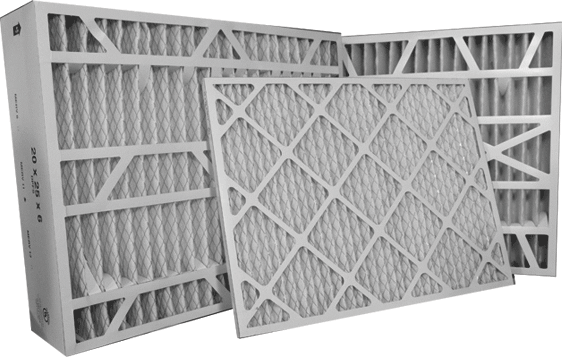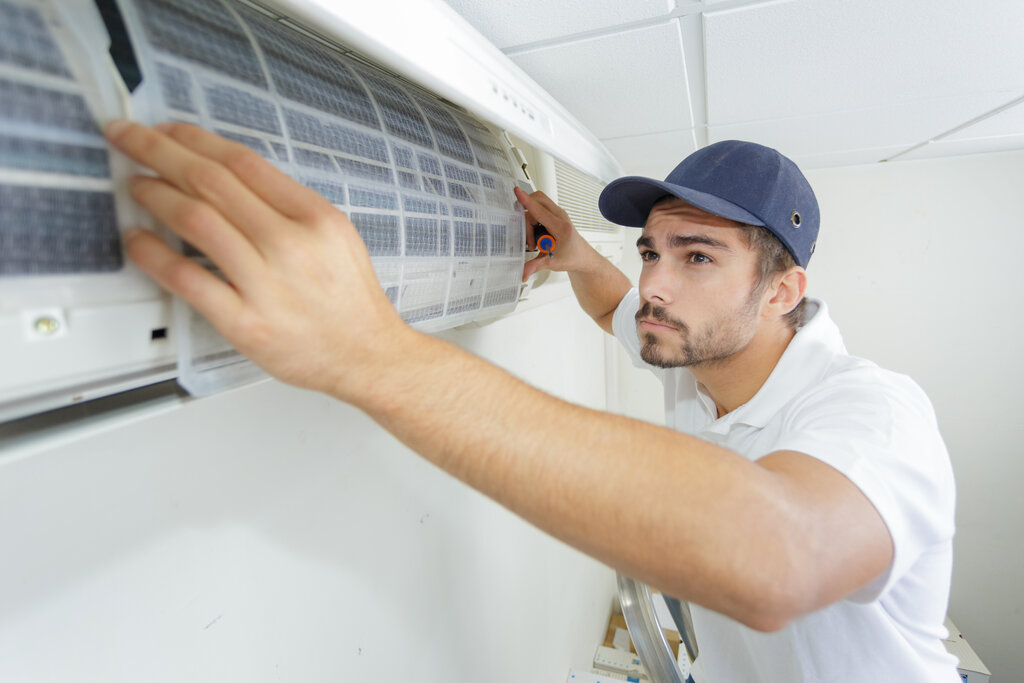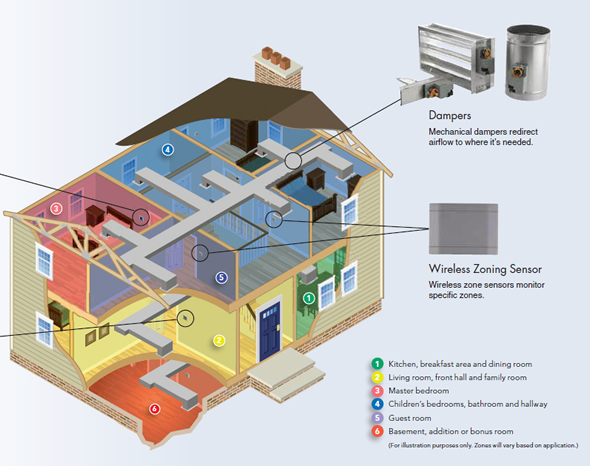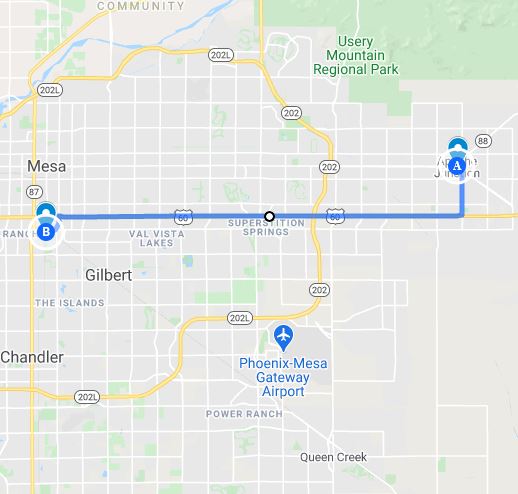Changing an air filter is one of the easiest tasks you can do as a homeowner. Most people head to the hardware store and just buy what they have always used in the past. However, you should take a moment to learn more about air filters and which one makes sense for your home. The right kind of air filter depends on many factors including:
- Filtration needs
- Health issues
- Energy efficiency
- Ease of maintenance
If that seems a bit overwhelming for an item that you haven’t thought that much about before then, let’s take a further look to help you “filter” down the choices.
Air filters are obviously designed to block dust, dirt and other items from coming into your home. To help evaluate the type of filter you need, you will need to think more in-depth about the items you want to keep from breathing. Every filter has a Minimum Efficiency Reporting Value or MERV. Low rated MERV filters block smaller amounts of particles compared to filters with high MERV ratings. Depending on the filtration capability, different filters can block:
- Dust – The basic item that all filters seek to trap. Even cheap, low grade filters will provide a barrier to block dust. They can have a MERV of 1 – 4.
- Mold, dust mites and pollen – These contaminants are particularly bad for allergy sufferers. Filters that trap these irritants have a MERV of 5 – 8.
- VOCs – Most commonly associated with paints, VOCs are odors or gases that can be harmful to humans and pets. These filters may include a carbon layer to help prevent odors. They have a MERV of 8 – 16.
- Bacteria – While typically used for hospitals, people with serious illnesses may require filters with a MERV of 13 -17 to block bacteria.
- Viruses – The only type of filters that can block viruses are HEPA filters with a MERV of 15 – 17.
The average 1 inch filter that homeowners purchase will have a MERV of 6 – 12. If you suffer from allergies or have a chronic illness then you should focus on filters with a MERV of 8 or higher.
Air Filter Types
1” Fiberglass Pleated – These types of filters are the most common type and are cheap and easy to replace. While they generally get the job done, the issue with them is that they can restrict the air flow of your HVAC system. This can cause it to work harder and reduce the overall efficiency.
Media Filters – This type provides higher MERV filtration without the air flow issues. These are a great balance between effectiveness and value and only have to be changed once a year.
HEPA Filters – These are the best filters available on the market. In addition to blocking normal contaminants, they are designed to stop VOCs, viruses and bacteria too. They are the most expensive and require additional fans to help push air through the filter.
When Should I Replace My Air Filter?
Once you have the right filter that you need for your home, then you need to determine how often to change it. For cheaper, lower quality filters using fiberglass, they should be changed out every 30 days. For pleated filters, which are more efficient, they can be changed out every 3 to 6 months. For expensive, electronic filters, they can be changed every 6 months. Another consideration is how many people and pets you have in the house. If you are living by yourself you can change the air filter less frequently, but if you have a household with several family members and pets, then you should change it more often.





